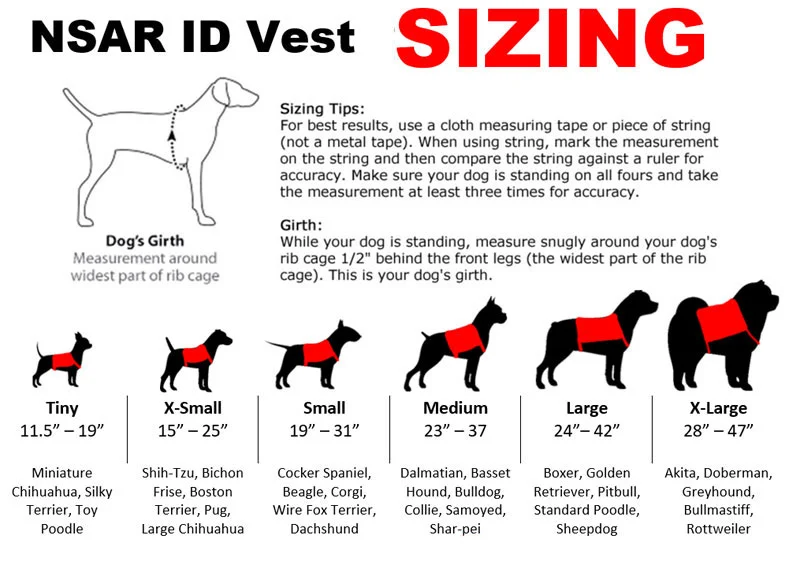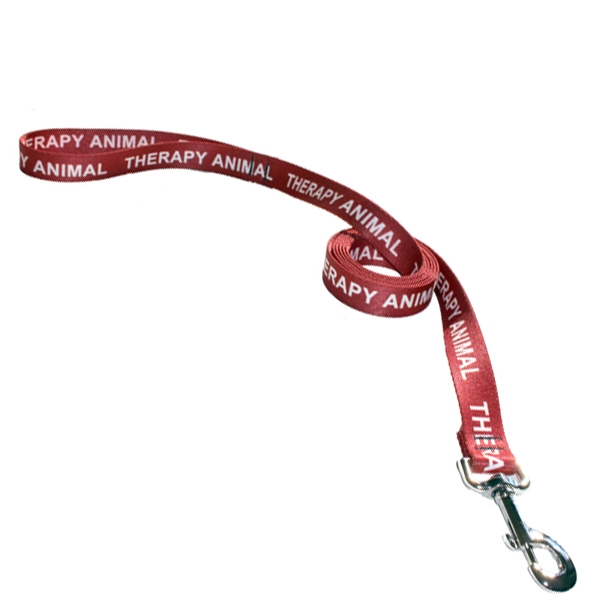Proposed Emotional Support Animal Rules Divide Veteran Advocacy Groups

A current proposal by the US Department of Transportation (DoT) to change the law about flying with Emotional Support Animals (ESAs) and service dogs could stop ESAs being recognized as service animals on aircraft.
If the proposed changes in the law are recognized, it would mean only trained psychiatric support dogs would be classed as Emotional Support Animals – and all other ESAs would be treated as pets. Only dogs would be recognized as service animals.
The proposed rules have divided veteran and disability advocacy groups. Some say that a change in the law could be devastating for many people, who would find it difficult or impossible to fly without their Emotional Support Animal. On the other hand, many people (including some disability advocates) think the current rules are too lax and putting the public at risk.
In this post, we’ll outline the proposed changes, and consider both sides of the argument. We’ll also take a look at the responses from some of the major veteran advocacy groups.
The Current Law

Currently, the Air Carrier Access Act of 1986, requires airlines to allow Emotional Support Animals to fly with their owner in the aircraft cabin free of charge.
All airlines ask for a signed letter from a licensed therapist or physician as standard, and some have additional requirements such as a signed form, identifying patches for Emotional Support Animal, a service leash and an ID card from a recognized body such as the National Service Animal Registry. Some also have a restriction on the species of animals that are accepted.
The Proposed Change for Traveling With Service Dogs and Emotional Support Animals
In addition to the proposal that Emotional Service Animals will no longer be recognized as a service animal, there would also be a number of changes affecting service dogs, including:
- Only dogs would be recognized as service animals
- Airlines would be allowed to require passengers to complete a U.S. Department of Transportation Service Animal Air Transportation Health Form when traveling with a service dog
- Airlines would be allowed to require passengers to remit a completed U.S. Department of Transportation Service Animal Air Transportation Behavior and Training Attestation Form when traveling with a service dog
- Airlines would be allowed to require individuals traveling with a service animal on flights eight hours or longer to complete a U.S. Department of Transportation Service Animal Relief Attestation when traveling with a service dog
- Service dogs would have to fit in the passenger’s lap or footwell
- Airlines would be allowed to set restrictions about the number of service dogs a passenger could bring on board a plane
- Service dogs would need to be on a leash
- Service dog vests are not required but are recommended.
Are The Current Rules Too Lax?
Some veteran and disability advocacy groups cite the increase in complaints about service dogs and emotional support animals made by the public as a reason to review the rules. In 2018, US and international airlines reported 3065 complaints about service animals compared with 719 in 2013.
They say that the current discrepancies in the rules between different airlines and airports make it difficult for both people with disabilities and the general public to be clear about what is allowed. Currently, an Emotional Support Animal might be allowed on an aircraft, but not in a restaurant at the airport, for example.
There have been some reports that show people have made false claims that their pet is an Emotional Support Animal to avoid paying fees. In addition, accusations have been made that individuals acquire false certification to support their claim that they have a disability or their pet is an Emotional Support Animal. This can make it difficult for airline staff to identify genuine cases.
Some disability advocates claim that the fact that people have tried to fly with Emotional Support Animals of unusual species including peacocks, turkeys, and iguana, erodes public confidence in the system.
The Response From Advocacy Groups

Some veteran groups including K9s for Warriors and American Humane support the proposed change as they think the current rules are putting the public and the animals at risk.
Others, including the National Disability Rights Network (NDRN) and Paralyzed Veterans of America (PVA) think the current rules are restrictive enough and argue that to make them stricter would be too limiting.
Most advocacy groups agree that the discrepancies in policies are unhelpful and the procedures should be tightened up to prevent people from taking advantage of the system and making false claims that their pets are Emotional Support Animals.
The fact remains, for many people making a journey without their Emotional Support Animal would be extremely difficult, or even impossible. There is a danger that some vulnerable people who require the support of their ESA would not be able to travel at all, which would be discriminatory.
Heather Ansley, from Paralyzed Veterans of America (PVA) made the following statement: “We do not support treating Emotional Support Animals like pets. Instead, we believe there needs to be a balance between enacting requirements to prevent travelers from taking advantage of access rules when flying with animals and limiting access for people with disabilities. Catastrophically disabled veterans already have more than enough access limits in air travel.”
The Challenge
It certainly is a challenge to make sure that air travel is safe for all customers and staff, and the system is not abused by people who claim they have an Emotional Support Animal in order to avoid paying fees. But it is also essential to make sure that people with disabilities are able to travel.














































































